Segmentation of an image is a partitioning of the image into non-overlapping regions, where pixels belonging to the same region share similar properties. These regions of the segmentation are separated by boundaries. These segmentations can either be obtained by algorithms (automatic segmentation) or labeled by a human (ground-truth segmentation).

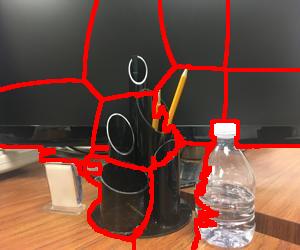
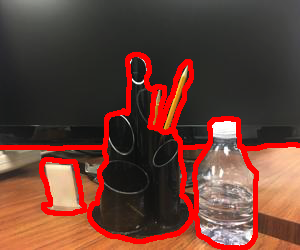
Figure 1: (a) Original image, (b) automatic segmentation, (c) ground-truth segmentation.
Segmentation evaluation methods aim to quantitatively measure the similarity or dissimilarity between an automatic segmentation and ground-truth segmentation. This comparison between automatic and ground-truth segmentations is done based on either regions or boundaries.


Figure 2: (a) Segmentation showing regions, (b) segmentation showing boundary map.
There are several types of error that are commonly analyzed when comparing automatic segmentation with respect to ground-truth segmentation:
Under-segmentation error: Occurs when pixels from different ground-truth regions share the same region label in the automatic segmentation.
Over-segmentation error: Occurs when a ground-truth region is erroneously given multiple region labels in the automatic segmentation.
Boundary mismatch: Occurs when there is a mismatch in the boundaries of automatic and ground-truth segmentation.
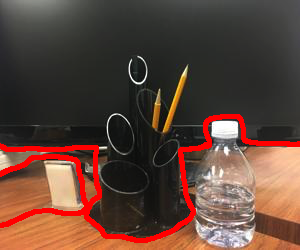
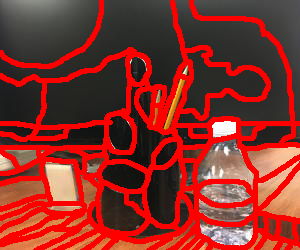
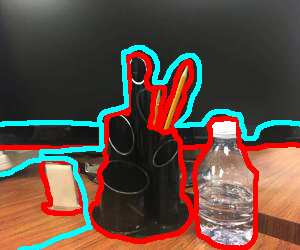
Figure 3: (a) Under-segmentation, (b) over-segmentation, (c) boundary mismatch.
This research aims to extensively study and analyze metrics designed to quantitatively describe the errors that occur in automatic segmentation with respect to the ground-truth segmentation.
Collaborators:
This work is a collaborative effort with Dr. Sundaresh Ram in the School of Electrical and Computer Engineering at
Cornell University.
